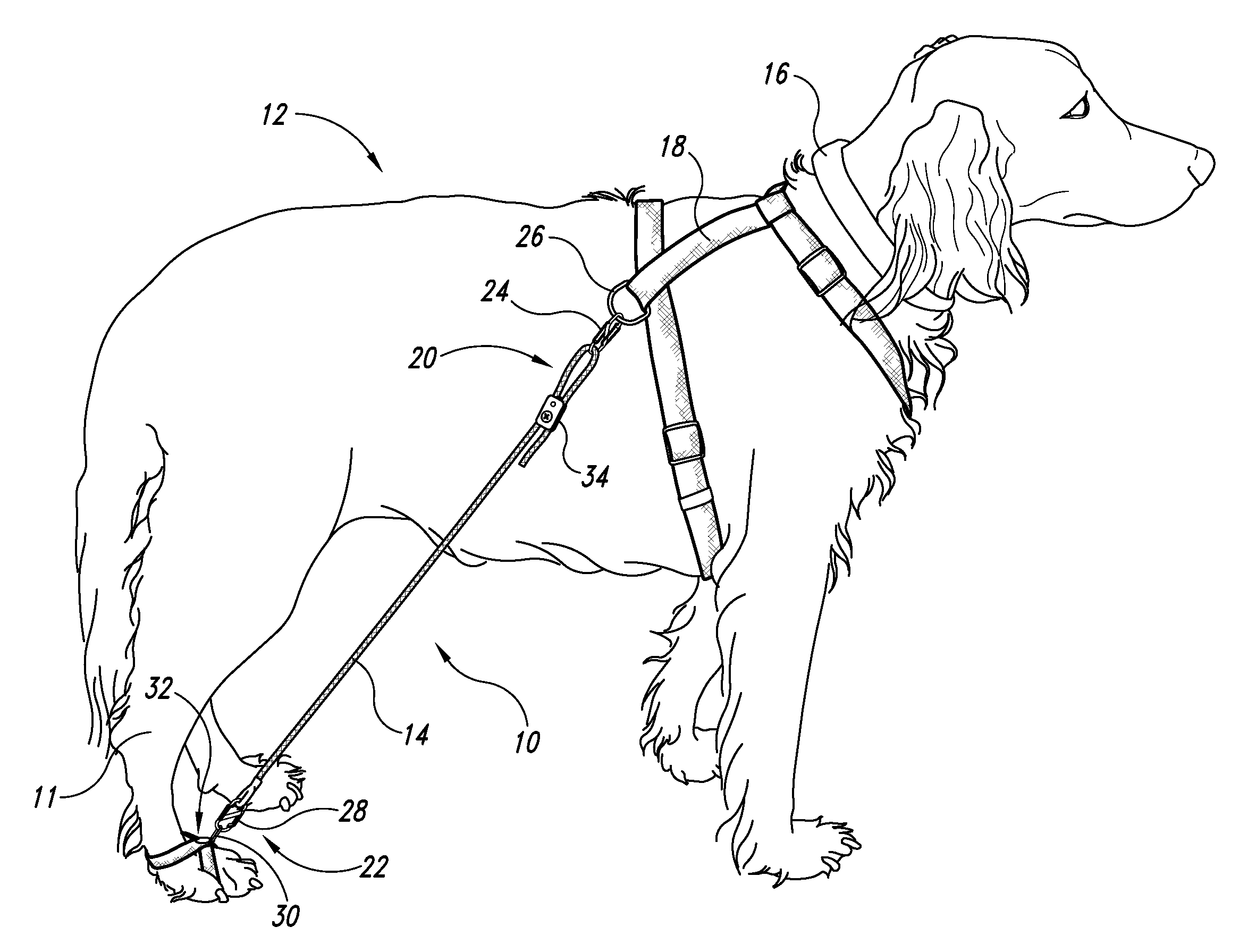 The Federal Circuit recently affirmed a decision of the United States Patent and Trademark Office to reject VerHoef’s pending application 13/328,201 for a dog harness under pre-AIA Section 102(f) because the applicant “did not himself invent the subject matter sought to be patented.” In re Verhoef, No. 2017-1976, 2018 (Fed. Cir. May 3, 2018) (Before Newman, Mayer, and Lourie, J.) (Opinion for the court, Lourie, J.)
The Federal Circuit recently affirmed a decision of the United States Patent and Trademark Office to reject VerHoef’s pending application 13/328,201 for a dog harness under pre-AIA Section 102(f) because the applicant “did not himself invent the subject matter sought to be patented.” In re Verhoef, No. 2017-1976, 2018 (Fed. Cir. May 3, 2018) (Before Newman, Mayer, and Lourie, J.) (Opinion for the court, Lourie, J.)
The dog harness was jointly conceived by a veterinarian and the Petitioner, the owner of a dog being treated with the harness. Conception occurred when VerHoef was meeting with the veterinarian to discuss treatment of the dog and the failures of previous harnesses. Prior art harnesses did not attach to and thereby control a dog’s toes. The veterinarian suggested that VerHoef use a “strap configured in a figure ‘8’ that fit around the toes and wrapped around the lower part of the leg…” VerHoef then implemented the veterinarian’s idea. Petitioner filed an application claiming joint inventorship, but, after relations “soured”, VerHoef and veterinarian filed separate applications directed to the same invention and claimed sole inventorship.
At the Federal Circuit, VerHoef conceded that the figure “8” loop was an essential feature, and did not dispute that the veterinarian, and not he, contributed the idea of the figure eight loop. According to his own affidavit, VerHoef had only recognized the problem of connecting the cord of the harness to the dog’s toes and discussed that problem with the veterinarian. Nevertheless, VerHoef argued that he maintained “intellectual domination and control of the work.” The Federal Circuit rejected this argument because the veterinarian was a joint inventor, citing the case law on conception and joint inventorship.
The Federal Circuit also rejected the argument that an idea can be “emancipated” if freely given (i.e., surrendered for sake of inventorship).
The Federal Circuit also affirmed the PTO’s rejection of the application based on improper inventorship grounds. “Consistent with statutory command and our precedent, the Manual of Patent Examining Procedure (“MPEP”) instructs examiners that in the rare situation it is clear the application does not name the correct inventorship and the applicant has not filed a request to correct inventorship the examiner should reject the claims under pre-AIA 35 U.S.C. [§] 102(f),” Judge Lourie wrote. “This case presents the ‘rare situation,’ or at least an uncommon one, where the ‘201 application and VerHoef’s affidavit make clear that he did not himself solely invent the subject matter sought to be patented…”
Take Away
A person who contributes an essential feature of a claimed invention is a joint inventor. Failure to correctly name the joint inventors of claims in a patent application is a proper ground for rejecting the application or invalidating a granted patent.
[Troutman-Ad]
[Troutman-About]

![[IPWatchdog Logo]](https://ipwatchdog.com/wp-content/themes/IPWatchdog%20-%202023/assets/images/temp/logo-small@2x.png)



![[Advertisement]](https://ipwatchdog.com/wp-content/uploads/2024/04/Patent-Litigation-Masters-2024-sidebar-early-bird-ends-Apr-21-last-chance-700x500-1.jpg)

![[Advertisement]](https://ipwatchdog.com/wp-content/uploads/2021/12/WEBINAR-336-x-280-px.png)
![[Advertisement]](https://ipwatchdog.com/wp-content/uploads/2021/12/2021-Patent-Practice-on-Demand-recorded-Feb-2021-336-x-280.jpg)
![[Advertisement]](https://ipwatchdog.com/wp-content/uploads/2021/12/Ad-4-The-Invent-Patent-System™.png)







Join the Discussion
No comments yet.